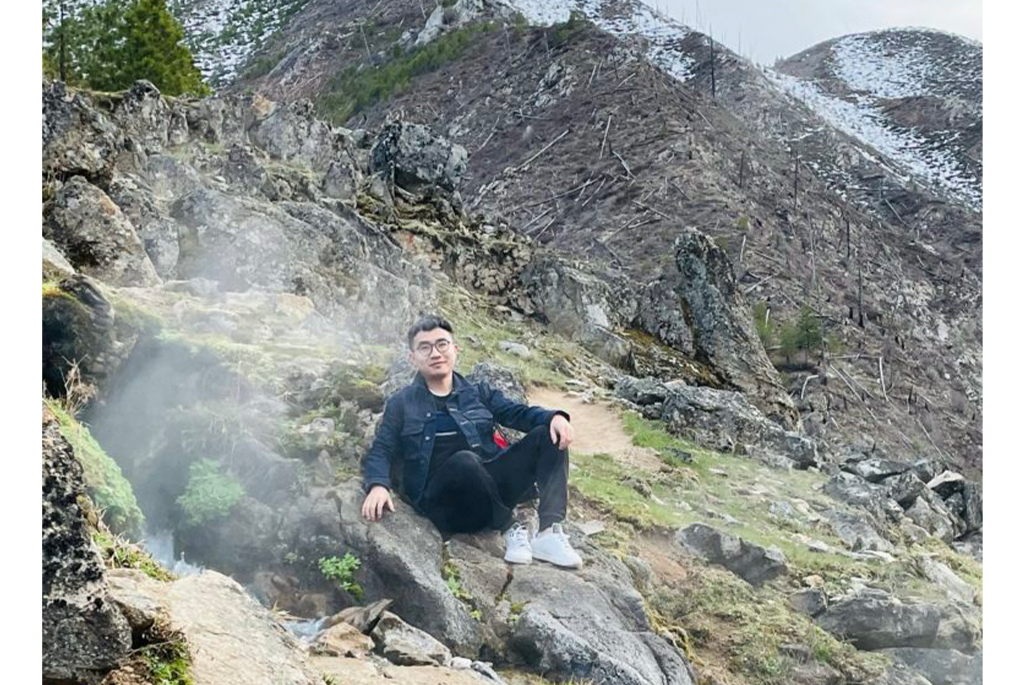After excelling in the sciences throughout high school and his undergraduate program, 2022 Ingenuity intern Hang Chen realized he wasn’t just good at science – he enjoyed it. Chen received his Bachelor’s degree in geophysics from Central South University in China, and is a current geophysics Ph.D. candidate at Boise State University in Idaho. Chen quickly learned that geophysics is “a tool to be applied to other areas of science and environmental issues,” leading him to EESA to apply his background to nuclear waste storage and contamination.
What led you to earth sciences specifically?
In the first year of my undergraduate degree, we had a geology field class. My professor took us into the mountains to show and quiz us on different types of rocks and faults. Other classes involved a lot of computer and lab time – but this course was outside – and fun! It showed me how interesting the earth sciences are, and that I definitely don’t want to be in the office all the time.
Also, geophysics is not just one topic, and that really interests me. I like taking classes in the math, physics, chemistry, and geology departments. This subject is really a combination of fundamental science that can be applied to so many things.
How has this experience at Berkeley Lab helped you develop your career in science?
I have learned so much this summer. There are very few research groups studying hydrogeophysics in the United States, but one of the biggest groups is here at Berkeley Lab! I have read papers written by scientists here almost every day for my Ph.D., so this internship has been an amazing opportunity to collaborate and learn. In a Ph.D. program, you may work with one professor in one area – but at Berkeley Lab, there are many projects along with the opportunity to collaborate with so many different people. Also, my mentor here, Dr. Yuxin Wu, has a large research group with varied research projects. Every Friday, we have a group meeting where I learn from other people’s research and gain new knowledge.
Is there anything that’s surprised you about the Bay Area?
Surprisingly, it’s actually kind of cold in summer! It’s also very diverse – I live in the International House on the University of California, Berkeley’s campus, so there are people from different countries and cultures. I’ve hung out with so many people – I love seeing new faces and making friends!


